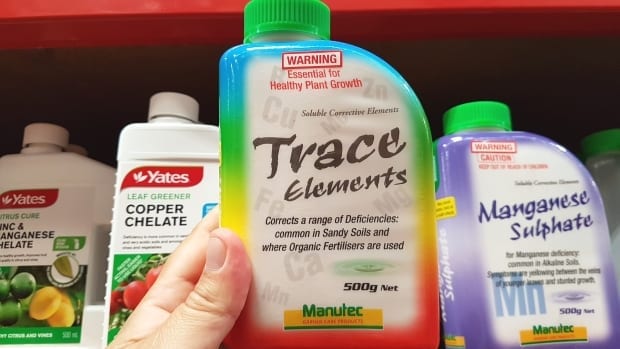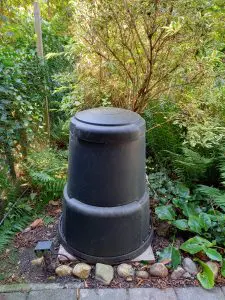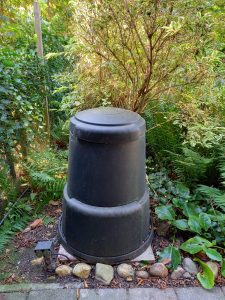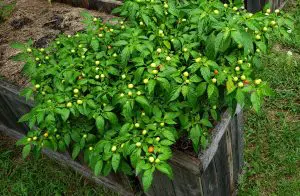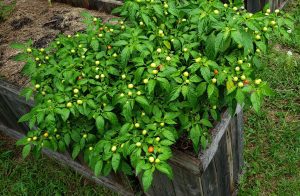Soil is a mixture of minerals, air, water, plus a variety of living and dead organic matter. The purpose of soil is as a growing medium for plants, a regulator of water supplies, recycler of raw materials, habitat for soil organisms, and as a landscaping and engineering medium.
When it comes to gardening, we need good soil. But well-conditioned soils are made rather than found, so don’t be dismayed if your soil is less than perfect…it can be fixed! We’ll show you how to test and improve your garden soil.
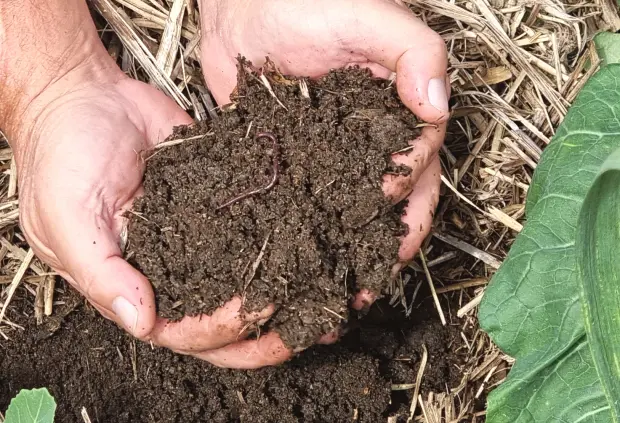
There are 2 easy tests you can do at home to find out what type of soil you have: the layer test & the sausage test.
The Layer Test
There are three basic soil types; sand, clay, and silt. The best soil will have equal amounts of the three, but most soils have an imbalance when we first start a garden. The layer test will show you how much you have of each.
You’ll need a large, clear, smooth-sided glass jar or plastic bottle with a close-fitting lid- (1 litre or 1 quart size is good), some clean water and a handful of your soil.
First, dig out a slice of the soil you want to test. Make it about 10cm/4 inches deep and 2.5 cm/1 inch thick, removing any stones. Put this soil into the jar, then fill the jar with water so that it’s about half to three-quarters full. Give it a good shake, then set it aside to rest for 24 hours. You need to allow this amount of time, as clay particles in particular can take a long time to settle.

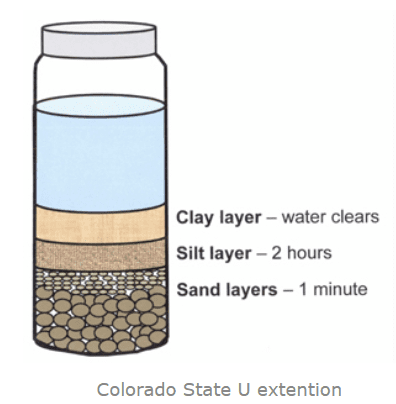
After this time, you will see layers in your jar. By examining the proportions of these layers, you can gain a sense of what type of soil you have, and what you need to add in order to improve it. Click here to read about the jar test in detail.
An ideal soil (called loamy) will show a layer of sand, a layer of silt and a layer of clay in equal proportions. Most soils won’t have an even balance of these particles, and will need some amendment. If there is too much clay you’ll need to add compost, gypsum or manures, and if its too sandy it’s best to add compost. Scroll down to read more detail on this.
The Sausage Test
The sausage test, or ‘squeeze test’ as we call it here at Self Sufficient Me, is a more tactile way to get an idea of where your soil is at. All you need to do is take a good handful of the soil you want to test (make sure it’s moist but not wet) and squeeze it together until it forms a large ball or a sausage shape.
This gives an instant indication of your soil type, because if the soil is too sandy, it won’t hold together. Squeeze your soil a few times, as if to form a dough, and see what happens.
A loamy soil will hold together nicely, won’t feel sticky, and will have a lovely rich dark brown colour to it. It’ll hold together but also break apart fairly easily. If the sausage only barely holds together or if it falls apart when you open your hand, the soil is too sandy, so won’t hold moisture. A clay soil will form a long sausage and be harder to break. It will feel sticky and go shiny if you rub it.

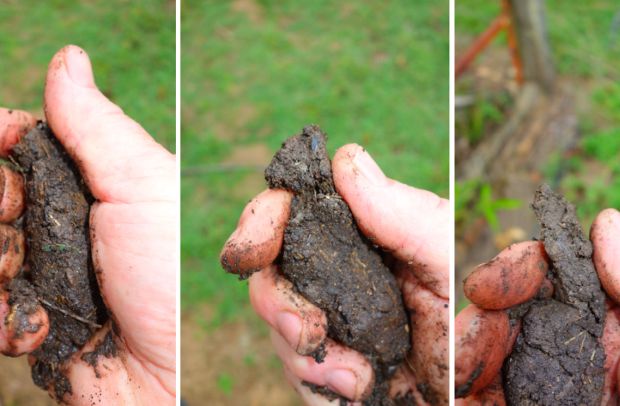
There are a number ways to amend or improve your soil, depending on your test result.
If your soil is too sandy, it can’t hold much moisture, so is prone to drying out. The large, loose particles mean that it’s very easy for water and nutrients to just drain through, straight past plant roots.
If your soil is too clay-like adding gypsum will help. It provides sulphur and calcium and is PH-neutral. The ionic action of gypsum breaks the electrical bonds of platelets of the clay, so that the clay slowly breaks down and mixes thoroughly with the surrounding soil. If your clay is particularly heavy, coarse sand can be dug through as well.
HOW TO IMPROVE YOUR SOIL
Compost is a universal soil improver and will boost all soils, unless you’re one of those rare people who has perfect garden soil. Compost is basically decomposed organic matter: a well-aged blend of ingredients such as kitchen scraps, egg shells, shredded paper and other garden waste. When made properly this soil-like material is ph-neutral and rich in nutrients, so it helps retain moisture, boosts plant immunity, fertilises the soil and improves soil structure. Whether you have sandy soil or clay-rich soil, an addition of compost will help. You can make your own compost at home and it’s easy to do! See how to make compost in our detailed article on soil minerals.

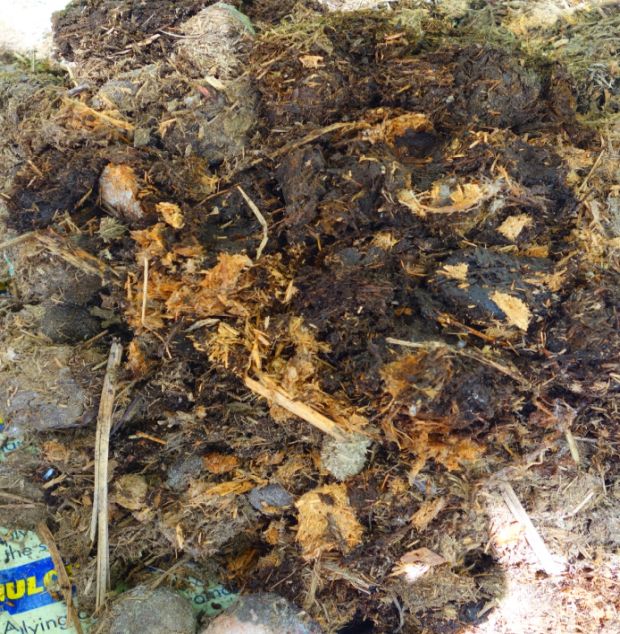
Manure (from cows, sheep, horses, chickens, and others) is a beneficial addition to all soil types. It boosts nitrogen, loosens heavy soil, and improves water retention in light soils. Use the one that is easily available to you, but make sure it’s not too fresh, as manure can burn plant roots. Chicken manure is an excellent fertiliser, horse manure is good too (be aware of the high urea and seed content when fresh), but cow manure is recommended most highly. It really bulks up your soil, has little weed seed, excellent structure, and provides a huge boost to the water holding capacity of your soil.
In the video below, Mark gives a fantastic demonstration of the sausage test on his own soil, and shows exactly how to use manure to improve garden soil.
Trace elements can be applied as a stand-alone product. They help establish a soils fertility, and sandy soils in particular may benefit from this. Minerals are naturally occurring inorganic solids and are defined by their chemical composition and crystalline structure. An all-purpose trace elements blend can be purchased from any large hardware store and will contain a balanced blend of all soil minerals in one easy-to-use product.

